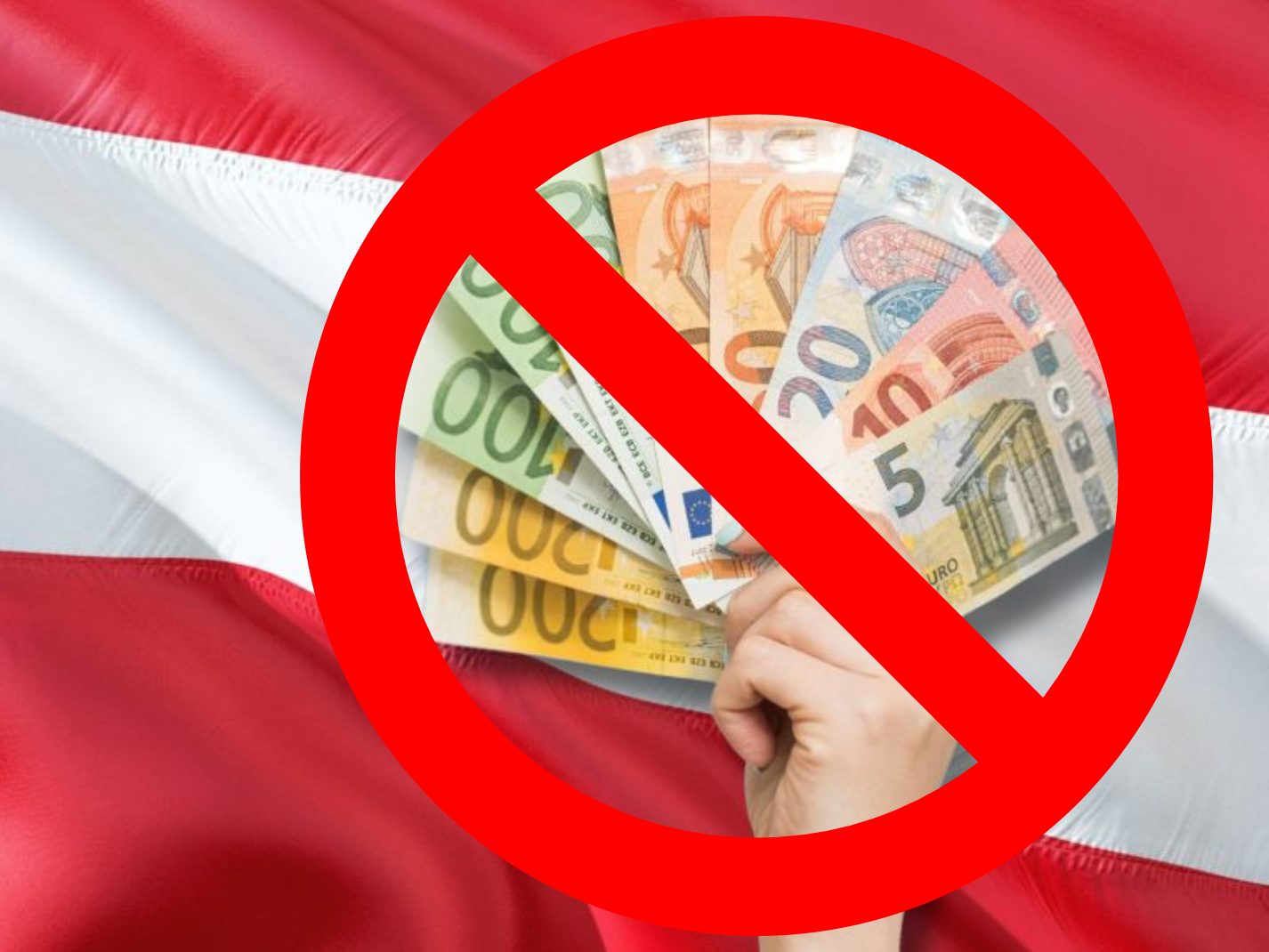Who the Abolition of the Climate Bonus Affects the Most

Thomas Leoni, the head of the Faculty of Economics at the University of Applied Sciences Wiener Neustadt, emphasized during an online press conference by "Diskurs. Das Wissenschaftsnetz" that CO2 pricing is an internationally recognized and effective means of reducing emissions. However, without compensatory measures, the results of the FAREcarbon project show that the cost of living would increase across all income groups. The greatest financial burden would fall on lower-income households, especially in rural areas where dependence on cars and fossil fuels for heating is higher.
"Partial Compensation" for Climate Bonus Planned from 2026
In households with little money and high energy and fuel expenses, the cost of living increases about twice as much due to CO2 pricing as for an average household, according to a study on Styrian households presented at the same event by Judith Köberl, an expert in weather and climate risk management from Joanneum Research. However, if the revenues are refunded to households, these effects can be mitigated and social inequalities reduced.
The current government program only provides for a "partial compensation for commuters in the form of a tax credit from January 1, 2026," which, according to Leoni, is currently neither accurately designed nor would it offset higher heating and housing costs. The EU's Climate Social Fund, which is intended to cushion the burdens of emissions trading for buildings and transport, will not take effect until 2027.
"With the complete abolition of the climate bonus, it is expected that vulnerable groups will bear the burden somewhat more," emphasized Köberl. From the perspective of the study results, it would be preferable to continue paying the climate bonus at least to vulnerable groups. This would still have a saving effect on the budget. So far, more money has been paid out through the climate bonus than has been collected through CO2 pricing, as Leoni pointed out.
Social and Regional Gradation of Climate Bonus Planned
He and Köberl also presented the most sensible compensation methods according to their studies. According to the FAREcarbon project, a climate bonus would be best suited to offset socially undesirable effects and reduce inequality, especially with a social gradation of the payout. Alternative compensation measures such as a reduction in VAT on essential goods would bring slightly lower living costs for everyone, but no significant reduction in social inequality. A reduction in ancillary wage costs, in turn, could not compensate for the increase in living costs in any income group. Regional differences should also not be ignored.
According to Köberl's calculations, refund systems that target vulnerable groups or lower-income households more effectively can reduce the negative welfare effects of CO2 pricing and income inequalities more effectively than a flat refund. A regionally differentiated refund, similar to the previous climate bonus, also performs slightly better. Since in all these systems poorer households would even receive overcompensation, from Köberl's perspective, parts of the revenues could also be used for accompanying measures that facilitate a shift to lower-emission behavior - whether it be the expansion of public transport, free public transport use for low-income households, or additional subsidies for heating system replacement and thermal building renovation.
The Greens, at whose request the introduction of the climate bonus in the previous black-green government goes back, saw themselves confirmed in their criticism of the abolition by the studies on Monday. Climate protection only works if the population is also involved and climate-friendly behavior pays off, said budget spokesman Jakob Schwarz. "CO2 pricing without compensation is exactly not that. We support improvements, especially a social gradation, but abolishing the climate bonus would be counterproductive and would only harm the economy."
(APA/Red)
This article has been automatically translated, read the original article here.





